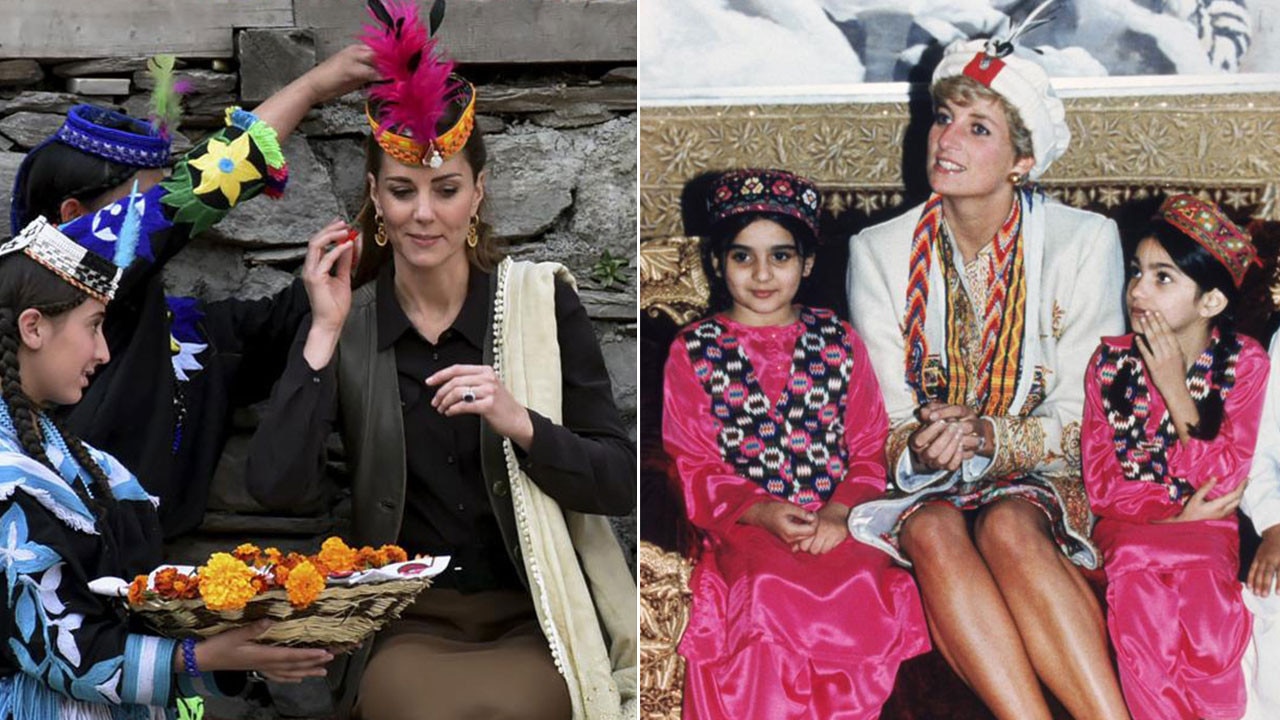Climate change leaves Lebanon’s cedars with nowhere to hide
The cedars of Lebanon have survived many assaults in the past four millenniums. But they now appear to have met their match.

The cedars of Lebanon have survived many assaults in the past four well-chronicled millenniums.
In the Iliad they were used to build the roof of King Priam’s Trojan treasure chamber. In the Bible they were brought to Jerusalem for the construction of the Temple of Solomon, according to the Book of Psalms.
In real life, they were cut down by the thousand and exported for pharaohs’ palaces and the Roman navy. Even then, writers noticed the forests were being depleted.
Now, however, the great cedar forests of the high Lebanese mountains may have finally met their match in the form of the diminutive larva of the sawfly, with help from climate change.
Hundreds of the giant pines, whose distinctive shape, a broad-based cone, has turned it into Lebanon’s national symbol, are dying every year.
Long protected from Lebanon’s wars and overdevelopment in nature reserves, their future seemed assured until earlier this decade. Then wardens began to notice that some were dropping needles and turning grey. Now, in reserves such as Tannourine in the supposedly cold northern mountains, whole patches of dead trees scar the forests.
The underlying cause is global warming: the Lebanese cedar, which is also found in southern Turkey, prefers a mountain climate.
A recent report by the UN environment program predicted that increasing temperatures would reduce the number of cedar forests in Lebanon from 12 to three by the end of the century.
Previously when under threat, the forests naturally migrated further up the mountainsides, but that process had reached its natural conclusion. The UN report says: “Most of the cedar forests of Lebanon are already isolated on or near mountain summits, with nowhere further upslope to go.’’
Cedrus libani libani is one of half a dozen varieties of the cedar that grow from the Atlas mountains of Morocco to the Himalayas. The trees live for hundreds of years and two in the Arz al-Rab forest are said to be more than 3000 years old.
The creation of reserves in the 1960s stabilised them and the civil war from 1975 to 1991 helped, as tourism and development stalled. The militia of Druze warlord Walid Jumblatt protected the reserve in the Druze heartland of the Chouf mountains by lacing it with landmines.
The sudden dying off therefore came as a shock and it took a local entomologist, Nabil Nemer, from Holy Spirit University of Kaslik, to work out what was going on. The cedar has its particular version of a predator sawfly, the cedar web-spinning sawfly, Cephalcia tannourinensis. It hatches its larvae in spring and they feast off new cedar needles before retreating for a long hibernation.
With rising temperatures, the larvae were hatching earlier and consuming the new growth before it was established.
The spring snowfalls that kept them under control were declining too, leading to an explosion in numbers, and higher temperatures and drought were weakening the trees.
In a report last month, the committee of Mediterranean experts on environmental and climate change said temperatures in the Mediterranean area were expected to climb by 25 per cent more than the global average.
The sawfly is not the cedars’ only enemy. Other insects are also being boosted by the higher temperatures. Eight hundred trees in Arz al-Rab were killed by bark beetles between 2015 and last year, Dr Nemer said. Others at lower altitude simply died because of lack of water. Climate change lay at the root of all the cedars’ problems, he said.
The government, along with an enthusiastic Lebanese environmental volunteer program, has led reforestation efforts, before and after the war. That will be of no use, however, if the new trees, more vulnerable than their elders, are simply eaten. More than 7 per cent of the Tannourine forest’s cedars have already died and the use of chemical pest control is banned in the reserves.
Dr Nemer is elegiac about the trees but also pessimistic. “In Lebanon, people say the cedars are eternal,” he said. “We are finding out it is not true.”
The Times



To join the conversation, please log in. Don't have an account? Register
Join the conversation, you are commenting as Logout